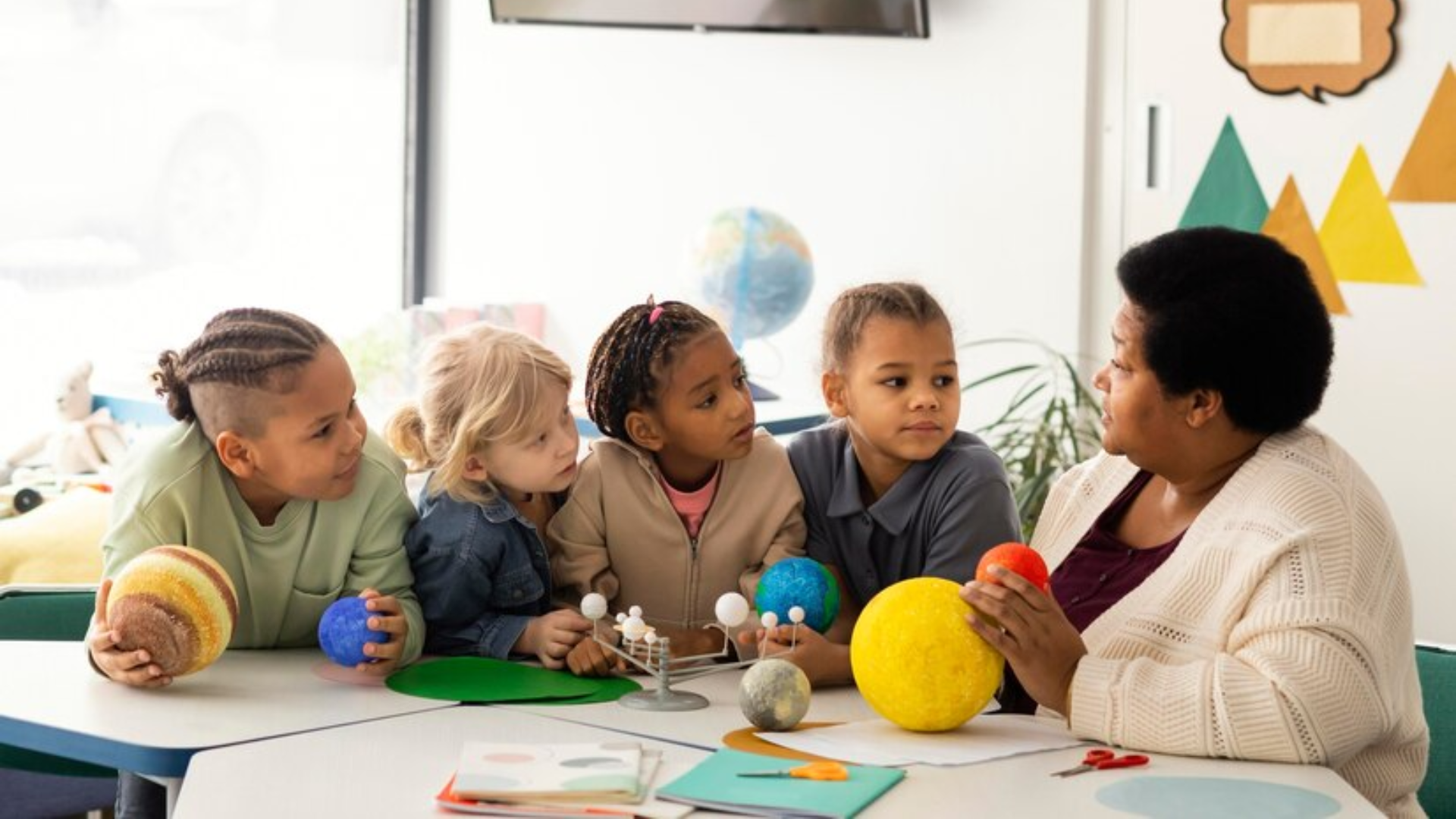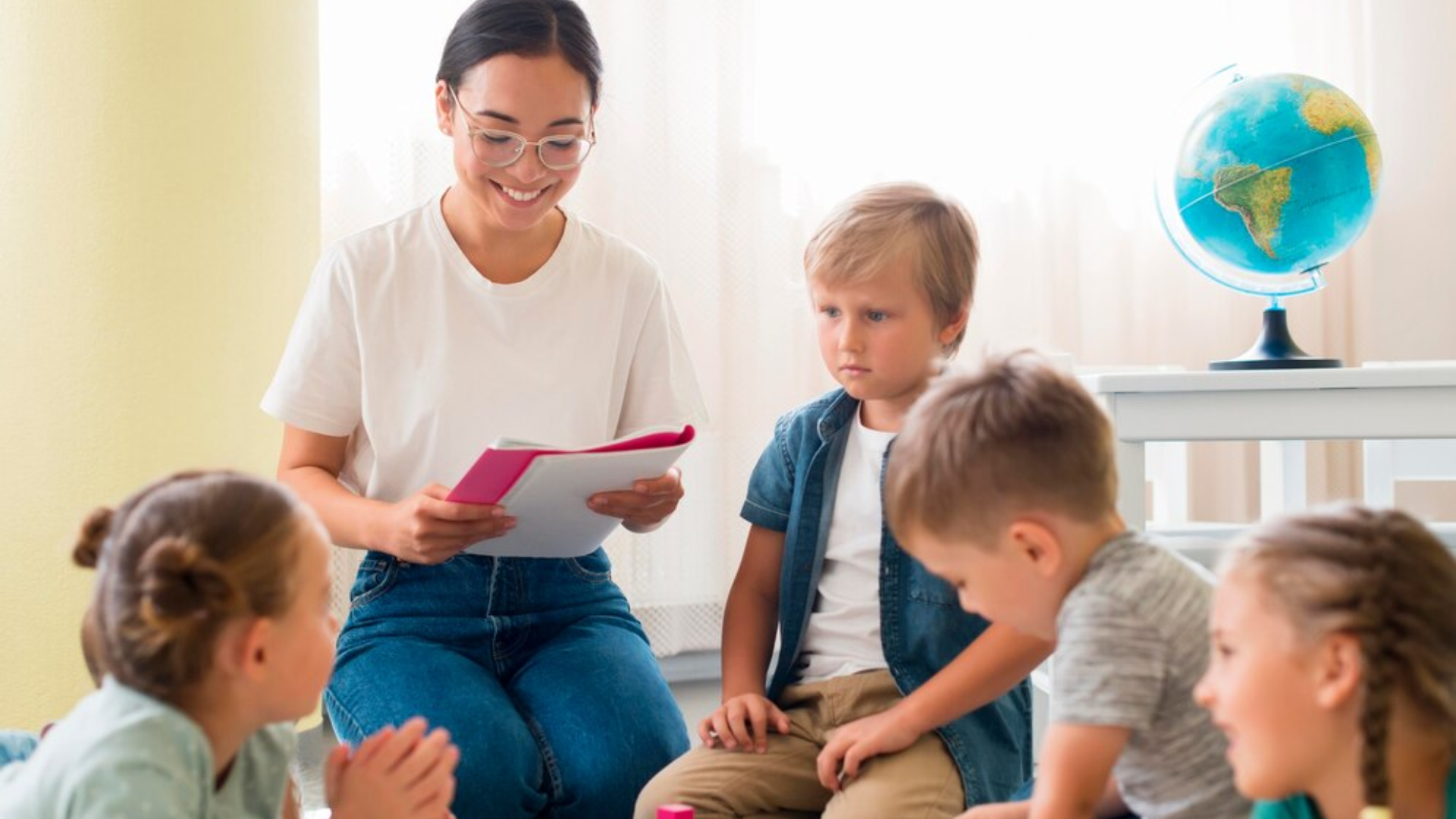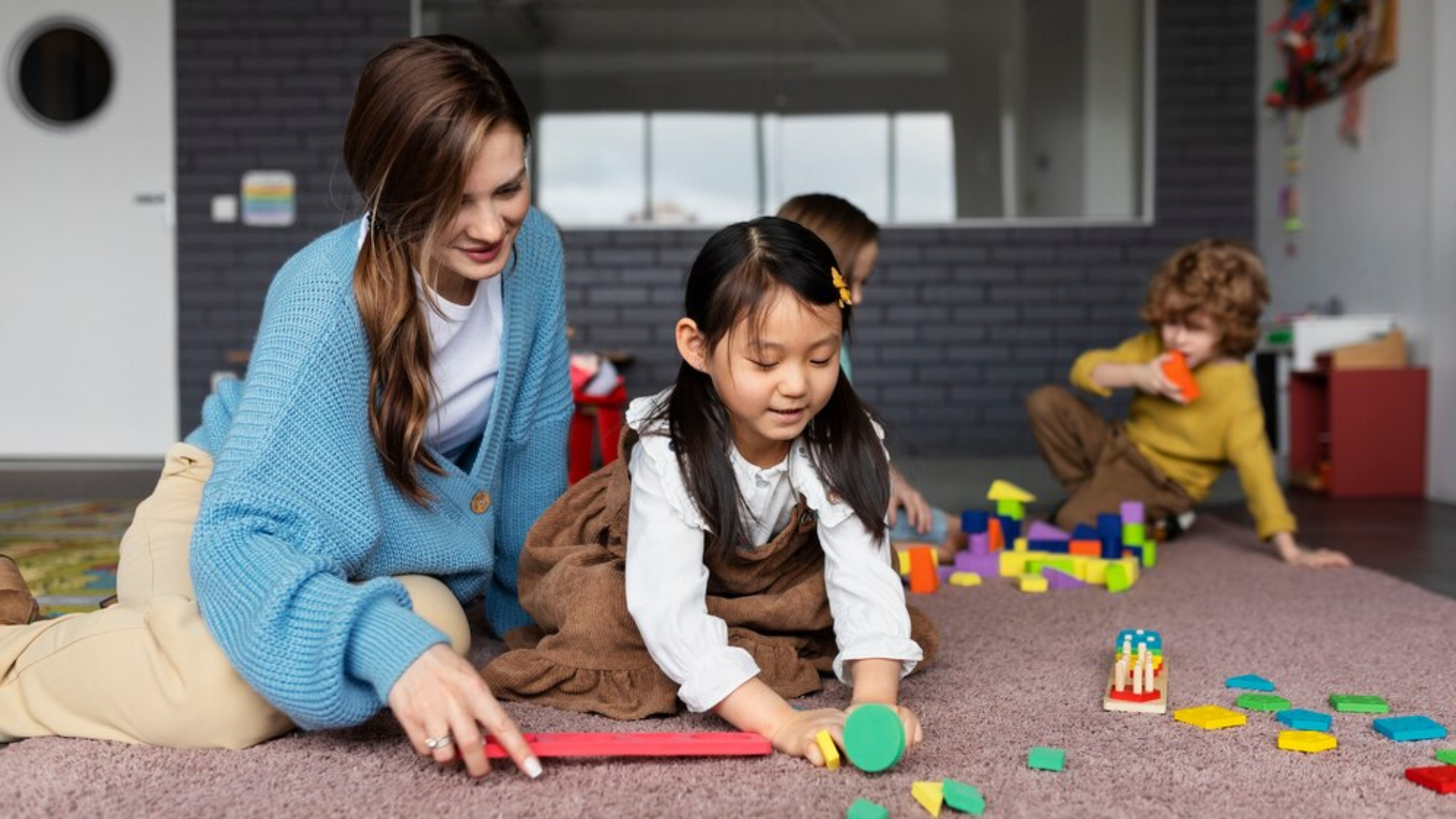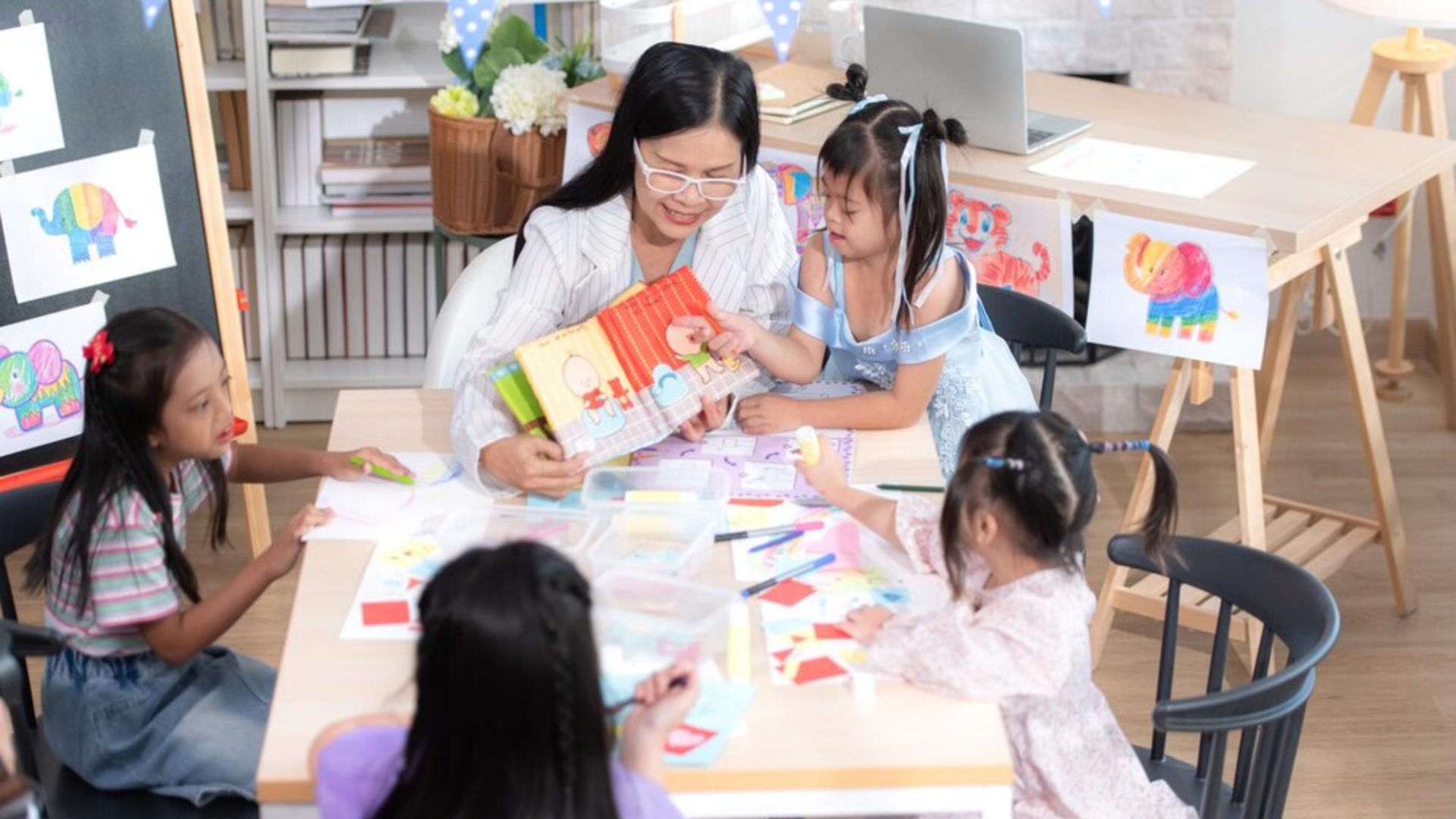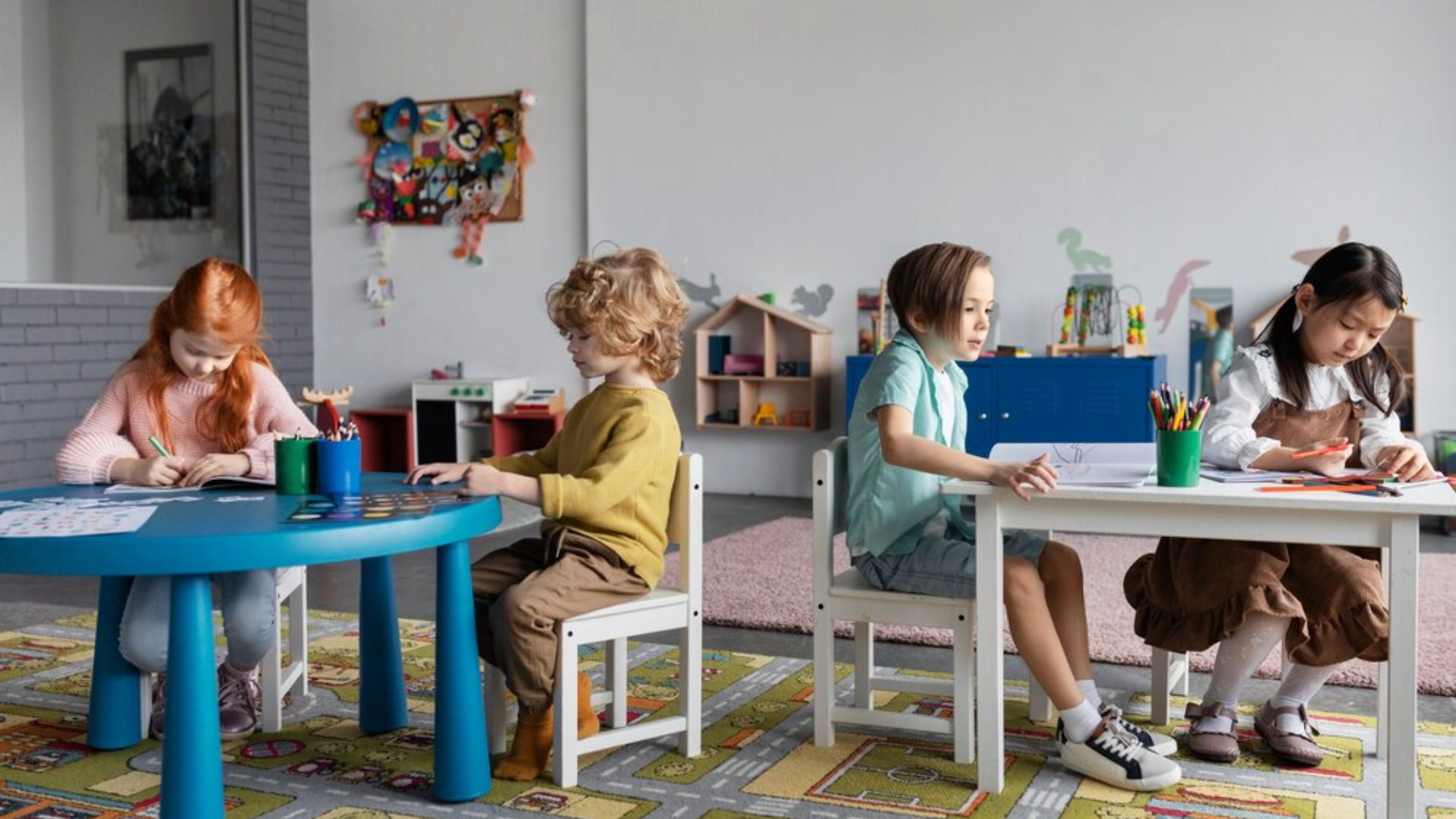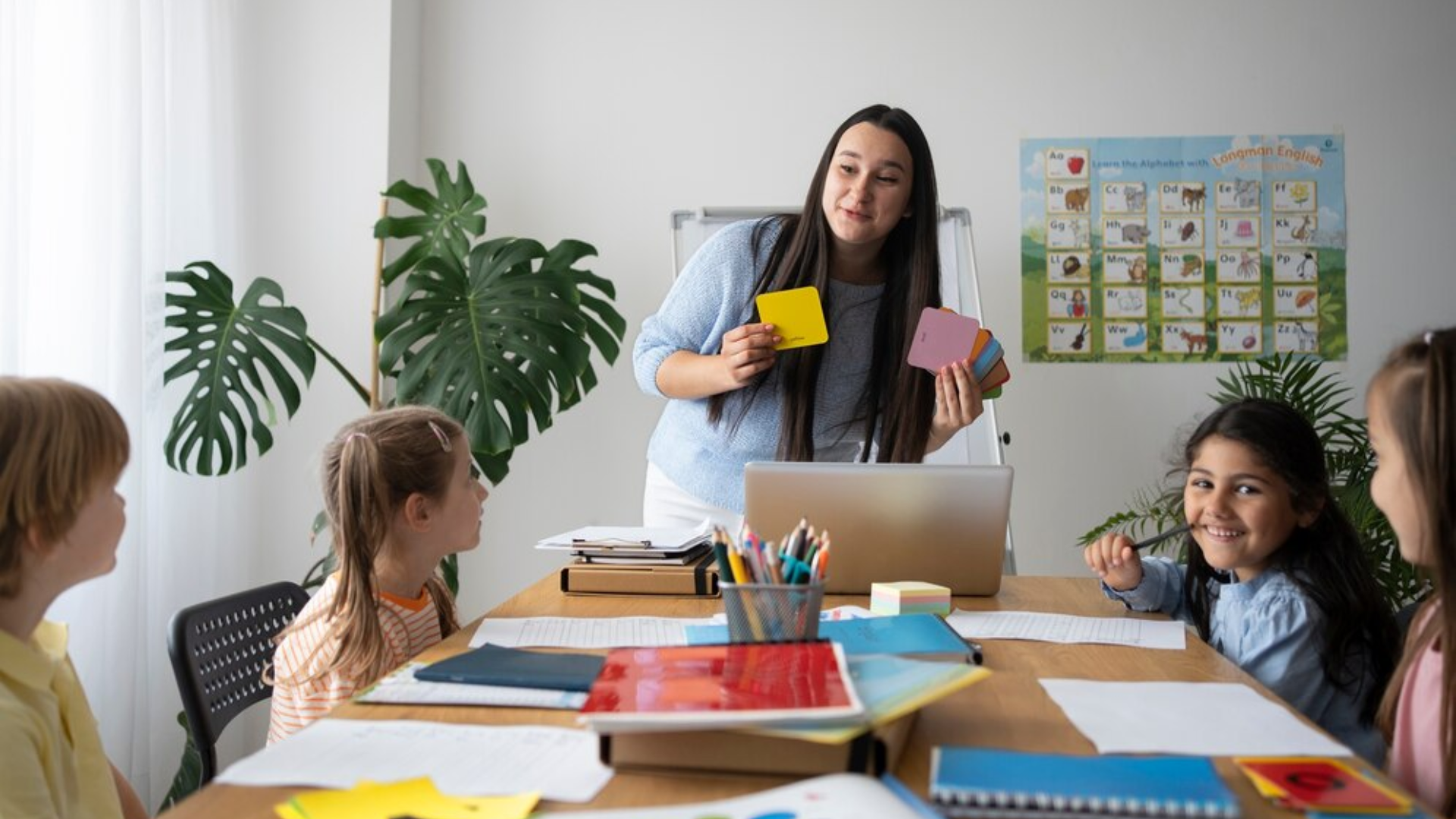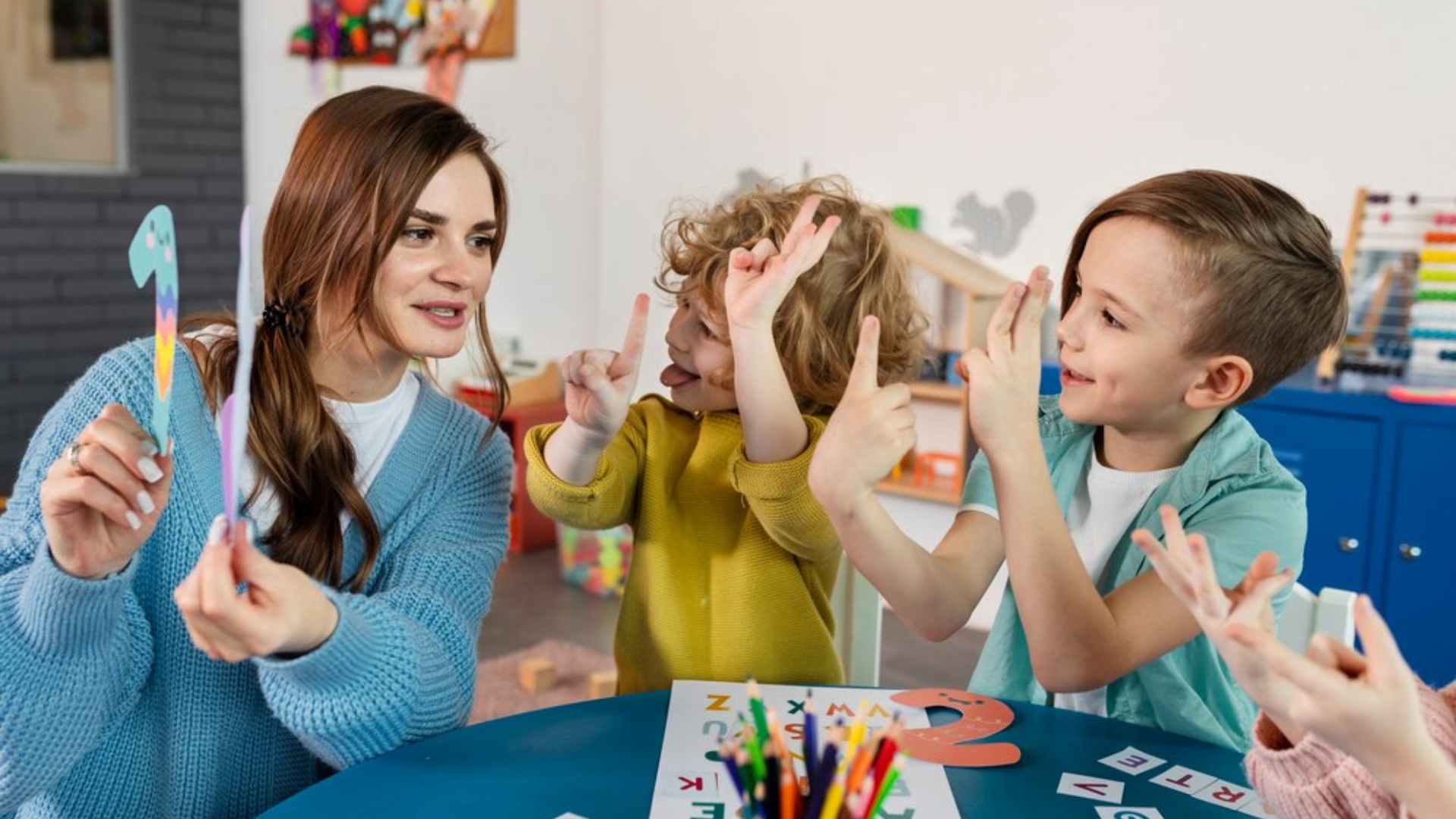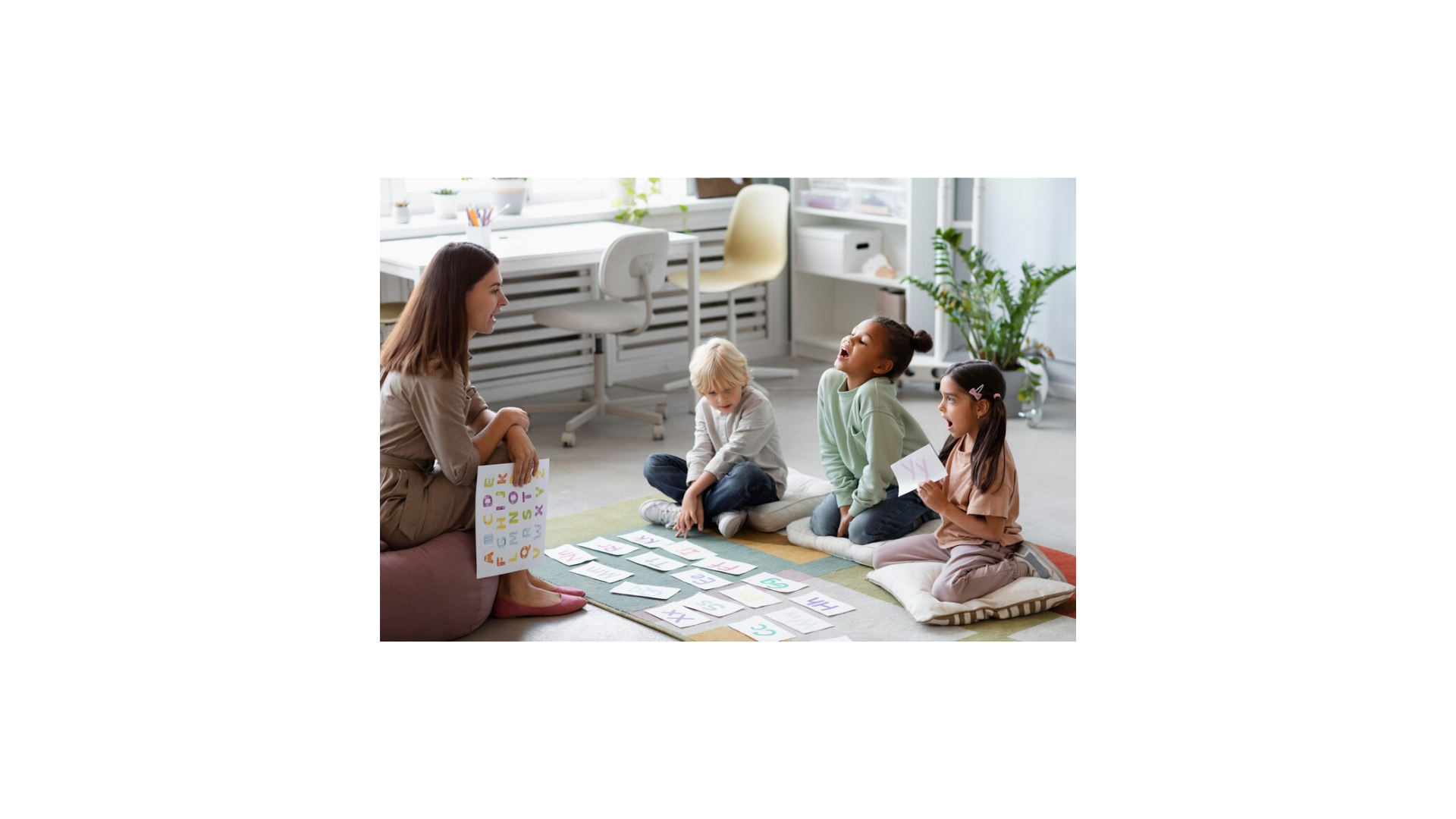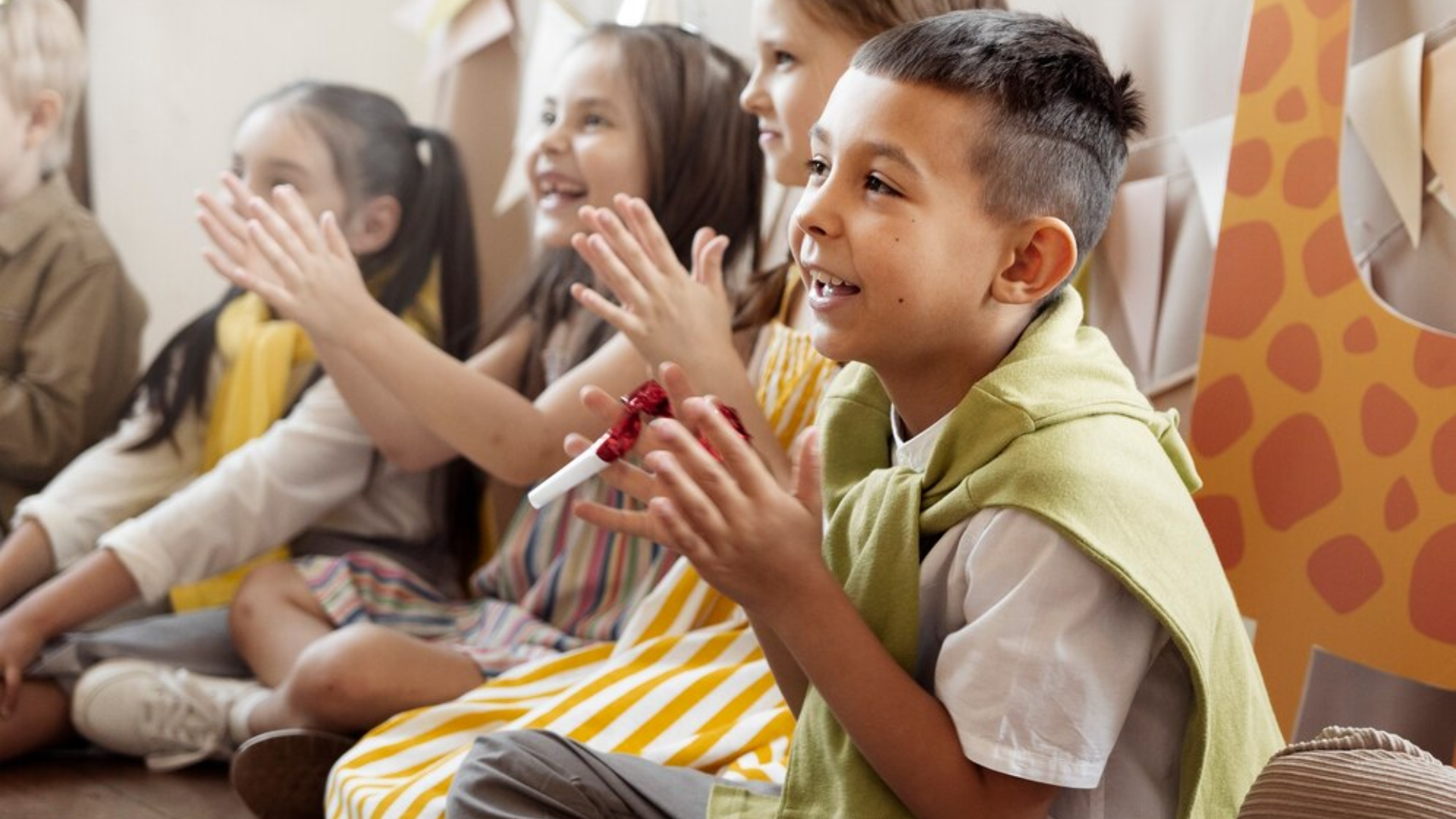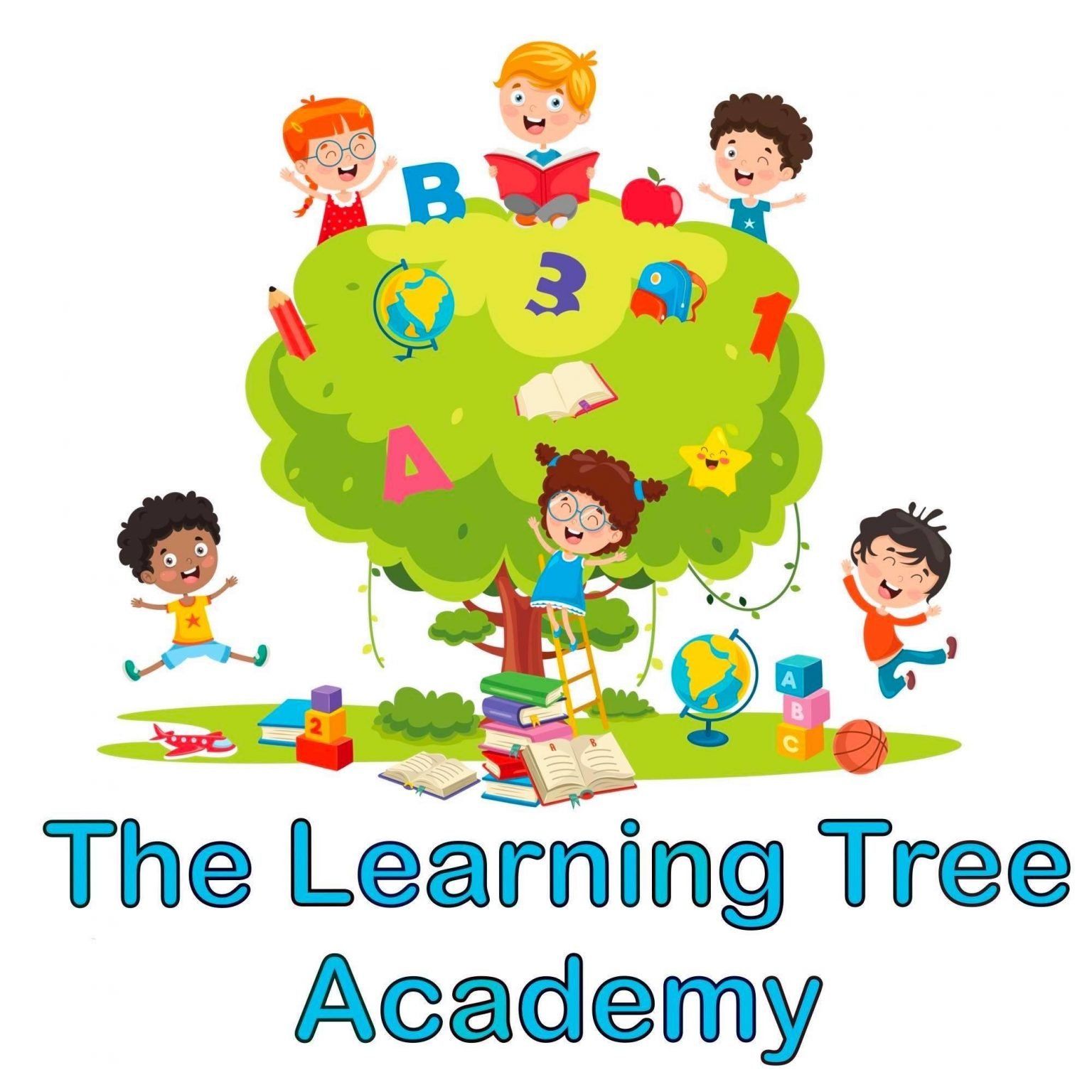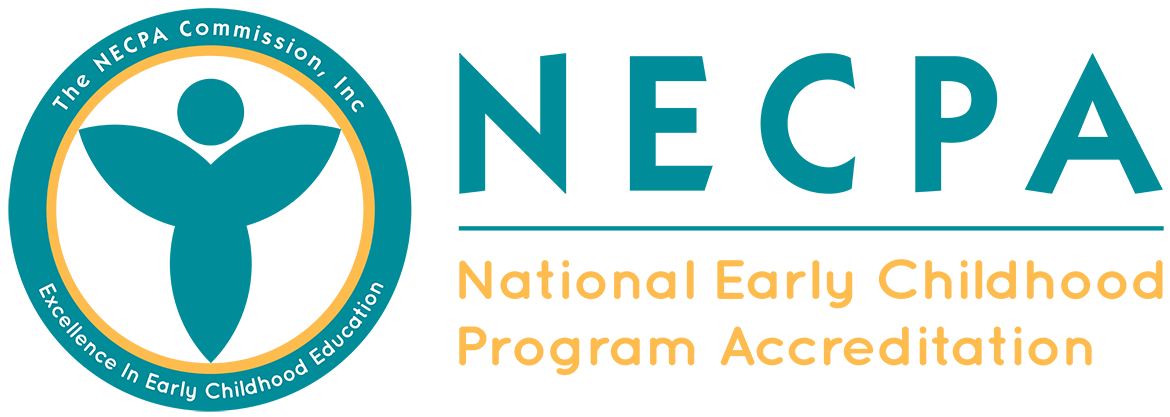What Our Parents Are Saying About The Learning Tree Experience
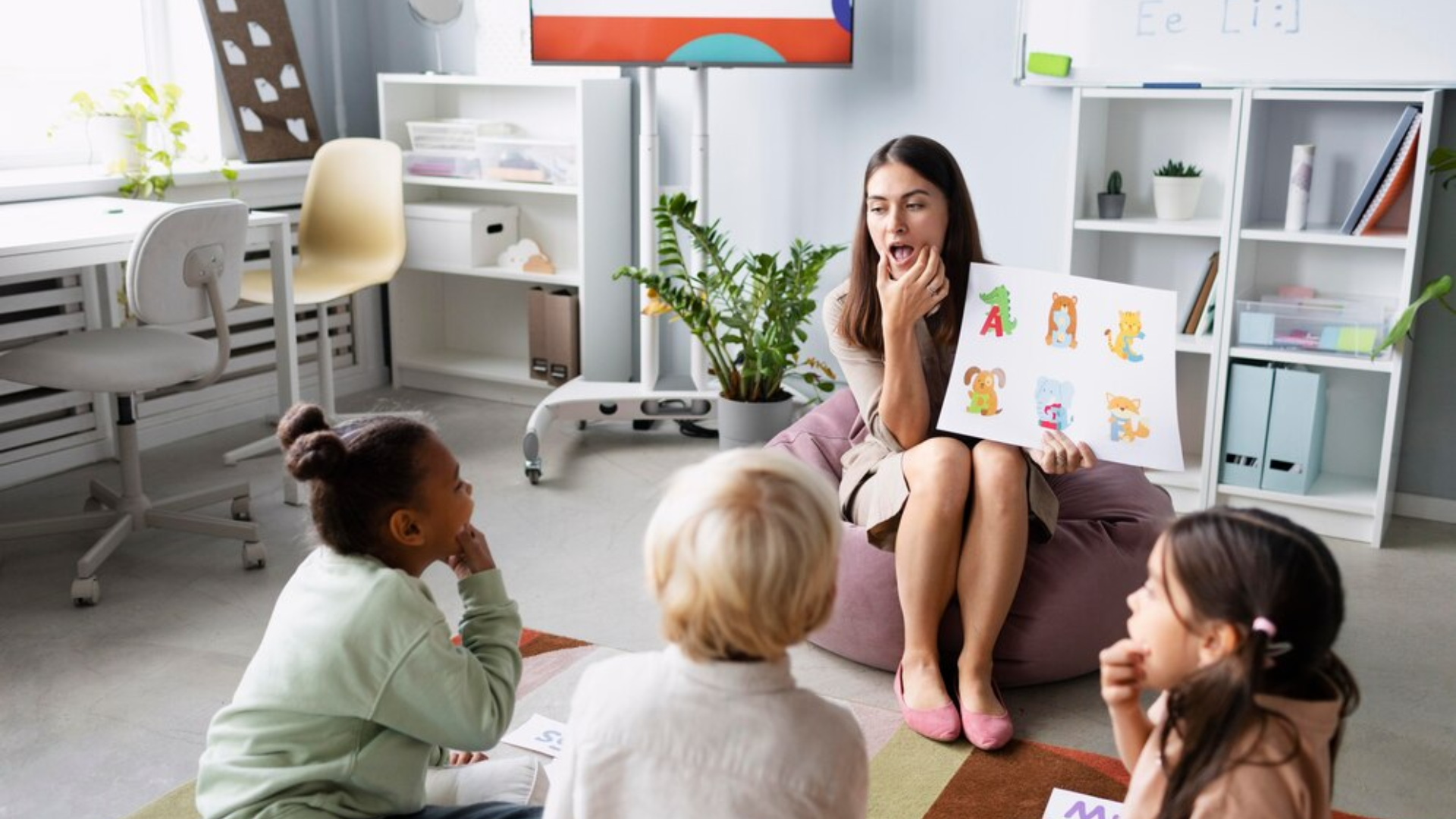
At The Learning Tree of Palm Bay, we pride ourselves on providing an enriching and nurturing environment where children can grow, learn, and thrive. However, the true measure of our success comes from the parents who trust us with their children's education and development. We believe that parent feedback is invaluable, as it offers insight into the impact our programs have on both children and families.
In this blog post, we share some heartfelt testimonials from our parents who have experienced The Learning Tree firsthand. These stories highlight the positive impact we have on children’s development, the supportive community we foster, and the dedication of our staff.
1. Nurturing a Love for Learning
Sarah, Parent of Emma (4 years old)
"From the moment we enrolled our daughter, Emma, at
The Learning Tree, we noticed an immediate change in her attitude towards learning. She’s always been a curious child, but now she is actively seeking out new things to learn every day. The teachers create such a warm and welcoming environment where children feel safe to explore and ask questions. Emma comes home every day excited to share what she’s learned, and it’s clear to me that her love for learning has blossomed here."
What We Do:
At
The Learning Tree, we understand the importance of fostering a love for learning in the early years. Our curriculum is designed to engage children through hands-on activities, creative play, and exploration. We provide a supportive environment where children can develop a positive attitude toward school, which sets the foundation for a lifelong love of learning.
Why It Matters:
By nurturing curiosity and a love for discovery, we help children develop the intrinsic motivation to explore new ideas, ask questions, and take ownership of their learning. This foundation helps children become active, independent learners throughout their academic journey.
2. Building Strong Social and Emotional Skills
John and Maria, Parents of Lucas (3 years old)
"We were looking for a preschool that would not only provide a solid academic foundation for Lucas but also help him build social and emotional skills. Since enrolling at
The Learning Tree, we have seen a remarkable transformation. Lucas has become more confident, friendly, and able to communicate his feelings effectively. The teachers place a strong emphasis on emotional intelligence, teaching kids how to interact with others, manage their emotions, and work as part of a team. This has made a huge difference in Lucas’s behavior and his relationships with his peers."
What We Do:
At
The Learning Tree, social and emotional development is an integral part of our program. We focus on teaching children how to identify and manage their emotions, work collaboratively with others, and solve conflicts peacefully. By emphasizing empathy, communication, and teamwork, we equip children with the skills they need to navigate social situations both in and out of the classroom.
Why It Matters:
Strong social and emotional skills are essential for children’s overall development. These skills not only help children form positive relationships with their peers and teachers but also set the stage for success in future academic and social settings. Children who are emotionally well-adjusted tend to have higher self-esteem, better communication skills, and greater resilience in the face of challenges.
3. The Importance of a Safe and Nurturing Environment
Laura, Parent of Olivia (5 years old)
"I can’t speak highly enough about the safe and nurturing environment at
The Learning Tree. As a parent, I always want to ensure that my daughter is in a place where she feels secure and cared for, and that’s exactly what
The Learning Tree offers. The teachers are warm, approachable, and truly care about the well-being of the children. Olivia has developed a strong bond with her teachers and peers, and I feel confident that she is in great hands every day. The staff goes above and beyond to create a supportive, loving atmosphere that helps children feel safe and valued."
What We Do:
Safety and emotional security are top priorities at
The Learning Tree. We create an environment where children feel comfortable exploring, taking risks, and expressing themselves. Our teachers are highly trained to recognize and respond to the emotional needs of each child, ensuring that they feel supported and respected. We also maintain strict safety protocols to ensure that children are always in a secure and protective environment.
Why It Matters:
When children feel safe and secure in their learning environment, they are better able to focus on learning and personal growth. A nurturing environment fosters emotional well-being, which in turn allows children to thrive academically, socially, and emotionally. This supportive foundation is essential for helping children develop the confidence to take on new challenges and succeed.
4. Preparing for Kindergarten and Beyond
Tina, Parent of Noah (4 years old)
"As Noah’s first year of kindergarten approaches, I can’t help but feel incredibly grateful for
The Learning Tree. The skills he has developed here—both academically and socially—have set him up for success in school. He already knows his letters, numbers, and can write his name, but more importantly, he has learned how to follow directions, work with others, and approach new tasks with a positive attitude. I know he is more than ready for kindergarten, and I attribute much of his readiness to the wonderful teachers at
The Learning Tree."
What We Do:
We are committed to ensuring that every child is ready for kindergarten and beyond. Our curriculum is designed to prepare children for the academic demands of elementary school while also providing them with the social and emotional skills necessary for success. Through structured learning, play-based activities, and individualized attention, we help children develop the skills they need to succeed in school and life.
Why It Matters:
Kindergarten readiness is a key focus for many parents, and we take pride in preparing children to enter elementary school with confidence. By fostering academic skills like early literacy, numeracy, and problem-solving, as well as emotional skills like self-regulation and communication, we help children transition smoothly to the next phase of their educational journey.
5. A Supportive Community for Families
Kelly, Parent of Aiden (3 years old)
"One of the things that stands out the most about
The Learning Tree is the sense of community. It’s not just about the children—it’s about the whole family. The teachers and staff have always been supportive, offering helpful advice and guidance whenever we’ve needed it. Whether it’s parenting tips or updates about Aiden’s progress, we’ve always felt like part of the
Learning Tree family. It’s clear that this school cares not only about the children but also about the parents and the well-being of our entire family."
What We Do:
At
The Learning Tree, we understand that education is a partnership between school and home. We maintain open communication with parents through regular updates, parent-teacher conferences, and a variety of resources to support families. Our goal is to create a welcoming and inclusive environment where parents feel supported and involved in their child’s learning journey.
Why It Matters:
A strong connection between home and school is essential for a child’s success. When parents are actively involved in their child’s education, children are more likely to thrive academically and socially. By fostering a supportive community, we help create a partnership that benefits both the child and their family.
At The Learning Tree, our enrichment activities are designed to promote cognitive development, ensuring that children are not only academically prepared but also intellectually stimulated. This approach aligns with our belief that preschool lays the foundation of academic success, giving children the tools they need to succeed both inside and outside the classroom.
Conclusion: Parent Testimonials Speak Volumes
The experiences shared by our parents are a testament to the impact that The Learning Tree of Palm Bay has on the lives of children and families. From fostering a love for learning and building strong social-emotional skills to providing a safe and nurturing environment, we are committed to creating a positive, supportive experience for every child. If you’re looking for a preschool that will lay the foundation for your child’s academic and personal success, we invite you to experience The Learning Tree for yourself.
